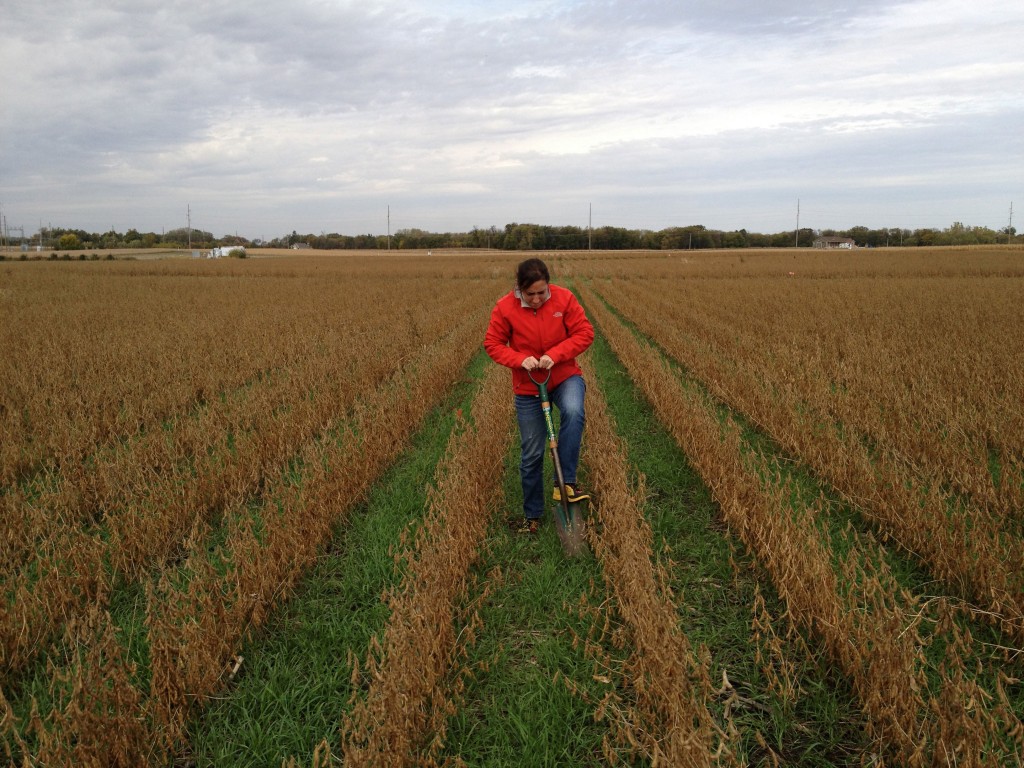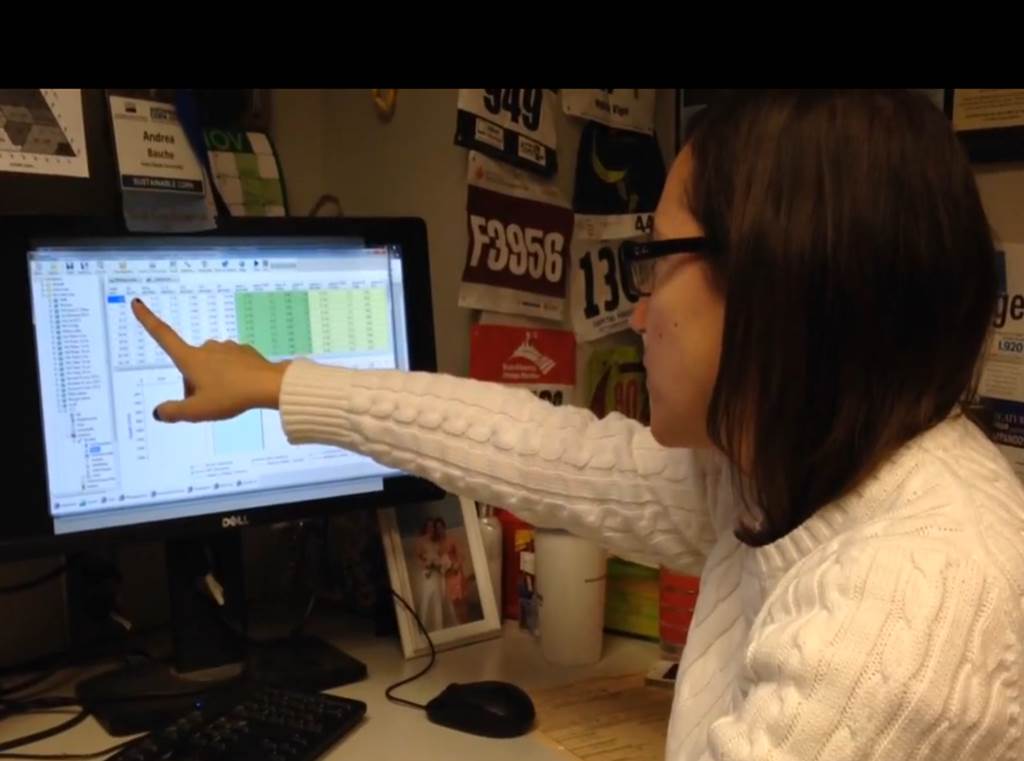I am using a modeling approach to answer questions about the ability of cover crops to mitigate climate risks, as described in a recent video produced in collaboration with the Sustainable Corn Project communication team.
The conservation community of researchers, farmers and practitioners champion the use of cover crops in the Midwest for numerous environmental benefits: reducing water pollution, nutrient recycling, weed suppression, erosion prevention, providing livestock feed, you name it. We also hear anecdotes about cover crops protecting the soil in periods of heavy rain, but what about cover crops in the context of climate change?  This question is a priority for researchers on the Sustainable Corn project. Climate scientists have documented increases in precipitation intensity over the last several decades in the Midwest, and they anticipate even more in the future. So, can cover crops help mitigate those climate risks?
This question is a priority for researchers on the Sustainable Corn project. Climate scientists have documented increases in precipitation intensity over the last several decades in the Midwest, and they anticipate even more in the future. So, can cover crops help mitigate those climate risks?
Answering questions about climate change can be difficult. We do not know exactly what the future weather holds and we cannot put the whole earth system in box (so to speak) and test what happens as greenhouse gases build in the atmosphere and temperatures rise. We also do not have many multi-year field experiments that include a full suite of weather seasons – flood years, drought years, hot summers, average years, etc. It would take decades of time and labor intensive measurements for all of the questions we might want answered in terms of climate impacts to agriculture.
Therefore, we need tools that are predictive to investigate questions about climate change. That is why we use models. Models are simply representations of real world processes. They are helpful in agronomic research because they can integrate multiple levels of a complex system – such as crop growth, soil processes (carbon and water, for example) and interactions with the weather. They allow us to change one part and figure out what happens to another.
Models are not perfect but they are useful in teaching us about complex systems – like the ecosystem of a farm – and important tools to help understand the many facets of wicked problems, such as climate change.


